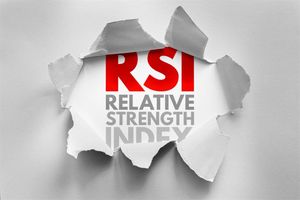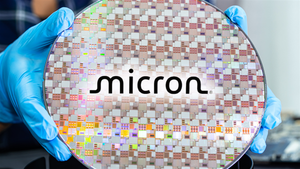Trafigura Group Profited From Volatile Commodities Markets Exacerbated By Russia’s Conflict In Ukraine.
A net profit of $2.7 billion on sales of $170.6 billion was reported by the privately owned commodities dealer on Friday. Trafigura’s profit was up 29% over the same time last year, making it a winner from a period of extreme price volatility in oil and metals. The trade of oil and other energy sources generated two-thirds of the company’s income.
What do you think of the huge profits gained in the Ukraine conflict by the sale of commodities? Take part in the discussion below.
Our first look at how the world’s biggest oil and commodities trader fared after five weeks of turbulence triggered by Russia’s invasion of Ukraine. Russia’s oil was avoided by European and American buyers, while India snatched up bargain barrels. European dealers like Trafigura were forced to find alternative routes to export oil as sanctions prevented the majority of their business with Russia’s largest crude producer.
In March, Brent crude touched a 14-year high of approximately $139 a barrel. Although the worldwide standard has fallen back somewhat, it is still 70% greater than it was a year ago. The price of diesel and gasoline continues to rise at an astronomical rate.
The trouble started with Trafigura, a company registered in Singapore but operated from Geneva. Before the invasion, it was the largest Western supplier of Russian oil, having formed a tight collaboration with Rosneft PJSC, a state-owned oil giant. According to the corporation, it has been forced to shut most of its businesses since the conflict began in order to comply with EU and Swiss sanctions.
Traders were split on whether Trafigura would profit from irrational trading or lose money when it shut down portions of its Russian operations and the price of Russian oil plummeted. In the wake of the invasion, Trafigura earned a tidy profit, according to the company’s earnings report released on Friday.
The global economy’s recovery from the pandemic would be negatively impacted if commodity prices continue to climb. According to Trafigura’s half-year report, it would be impossible to create a sustained rebound in demand with the existing levels of metal and energy stocks.
Prior to the invasion, unprecedented increases and losses in energy prices were seen throughout Europe and Asia, starting in the autumn of 2013. Traders like Trafigura seldom speculate on market direction. Instead, they rely on massive logistical and financial networks to profit from pricing differences across areas or at various times.
Trafigura has the financial and logistical clout to make more money than others. More than seven out of every 100 barrels of oil consumed on the globe are processed here, along with metals, coal, and natural gas. Aside from that, the company also manages a hedge fund and has investments in industries including mining, logistics, and industrial metals. Trafigura’s partners own the company, but the company’s bonds are traded on the stock market.
It was difficult to deal with the volatility. As with other commodity merchants, Trafigura must rely on borrowed money to fund the goods it transports throughout the globe.
As oil, metal, and liquefied natural gas prices increased and fluctuated, the corporation was forced to take out new loans totaling billions of dollars and make larger down payments to exchanges. Cash-strapped industries are making it more difficult to trade physical commodities in the futures markets because of the cash crunch, Trafigura said.
Trafigura’s credit lines totaled $73 billion as of March 31, of which $7 billion had been raised from 140 banks in the prior six months.
For an Arctic oil project that has not been addressed, Trafigura has committed $1.59 billion of its own money as well as $5.5 billion in loans from a consortium of banks.
After freezing its 10 percent stake in the Vostok Oil project, the corporation has announced its intention to sell its remaining shares. There’s a good chance it’ll be a defeat.
The post Trafigura Group Profited From Volatile Commodities Markets Exacerbated By Russia’s Conflict In Ukraine. appeared first on Best Stocks.
More News
View More



Recent Quotes
View More
Quotes delayed at least 20 minutes.
By accessing this page, you agree to the Privacy Policy and Terms Of Service.